
Persistence Hunting: How the San People of the Kalahari Master the Art of Endurance
Persistence Hunting: How the San People of the Kalahari Master the Art of Endurance
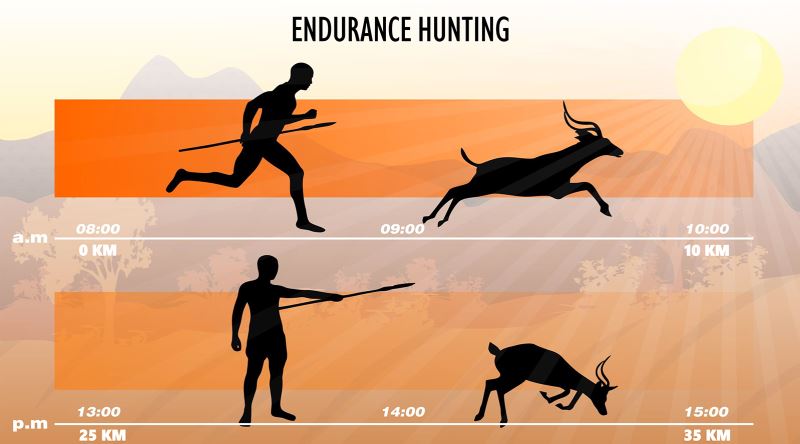
In the heart of the Kalahari Desert, one of the world’s harshest landscapes, the San people have practiced a rare and remarkable hunting technique for generations: persistence hunting. Unlike modern hunting methods that rely on weapons or technology, persistence hunting is about endurance, patience, and an extraordinary understanding of nature.
This ancient technique involves chasing prey on foot for hours, not by outrunning it in short bursts, but by slowly wearing it down—physically and physiologically—until the animal collapses from exhaustion. It's a powerful demonstration of human evolutionary adaptation and our deep-rooted connection to the natural world.
What Is Persistence Hunting?
Persistence hunting is a method in which hunters pursue fast-moving animals, like kudu or antelope, during the hottest part of the day. While these animals can sprint at incredible speeds, they rely on panting to regulate their body temperature. In extreme heat, they must stop frequently to rest and cool down—or risk overheating.
Humans, on the other hand, are uniquely equipped for long-distance running in high temperatures. Through sweating, we can regulate body temperature continuously. This allows San hunters to maintain a steady pace, tracking their quarry relentlessly across miles of open terrain. Over time, the animal weakens, unable to recover, and eventually succumbs to heat and exhaustion—giving the hunter a chance to strike.
The Science Behind Human Endurance
This hunting method offers fascinating insight into human biology and evolution. Several key physiological traits make persistence hunting possible:
-
Sweat glands: Humans have an unusually high number of eccrine sweat glands, enabling us to cool efficiently without stopping.
-
Upright posture: Walking or running on two legs exposes less surface area to the sun and allows better heat dissipation.
-
Efficient locomotion: Human legs and hips are designed for energy-efficient running, especially over long distances.
-
Thermoregulation: Unlike quadrupeds, we don't need to pant, which lets us keep moving even when it’s hot.
These features support the Endurance Running Hypothesis, which proposes that humans evolved as long-distance runners—not sprinters—to hunt and scavenge effectively across open savannas millions of years ago.
Documented in the Modern Era
Though modern technology has changed how most people hunt, persistence hunting is still practiced today—and researchers have documented successful hunts by San men lasting several hours in brutal heat. These real-life observations confirm what scientists have long theorized: early humans likely survived not by overpowering their prey, but by outlasting it.
One account describes a hunter pursuing a kudu for over five hours, patiently tracking and adjusting his path based on the animal’s movement and exhaustion levels. In the end, the kudu slowed, staggered, and collapsed—too fatigued to flee. It’s not just a physical feat; it’s a mental and environmental mastery passed down through generations.
A Testament to Human Adaptability
Persistence hunting isn’t just about survival—it’s a window into our evolutionary past and a celebration of human potential. It shows how early humans adapted to their environment through a blend of biology, behavior, and cultural knowledge.
In a time where convenience dominates most aspects of life, the San people’s ability to track and hunt in this way is a profound reminder of what humans are capable of—with no tools, no vehicles, just skill, stamina, and an understanding of the land.
Conclusion
Persistence hunting highlights a unique intersection of human biology, environment, and tradition. It’s more than a survival tactic—it’s a living link to our past, a tribute to our ancestors' resilience, and a testament to the strength of the human body and spirit. As modern science continues to uncover the evolutionary roots of endurance running, the San people's ancient practice stands as one of the best examples of natural human potential in action.
News in the same category


Scientists Warn Italy’s Phlegraean Fields Supervolcano Is Stirring, Raising Global Alarm

Surprising Link: Marriage May Increase Dementia Risk, New Study Finds

Birds May Use Quantum Reactions to Navigate Across the Globe
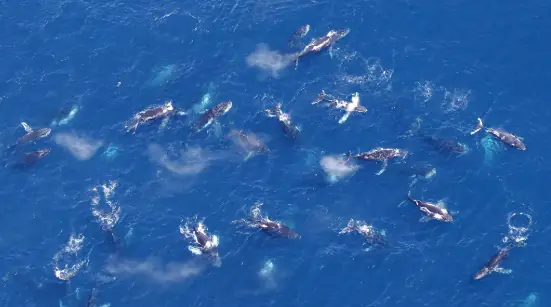
Humpback Whales Are Gathering in Giant Super-Pods—Here’s What Scientists Think It Means

Man Builds $20m White House Replica Atop Skyscraper—Now Legal Woes Keep Him Out

Woman Claims Ghost Companion Of 12 Years Warns Of Imminent Apocalypse

The Sun Isn't Yellow — It's Actually White ☀️
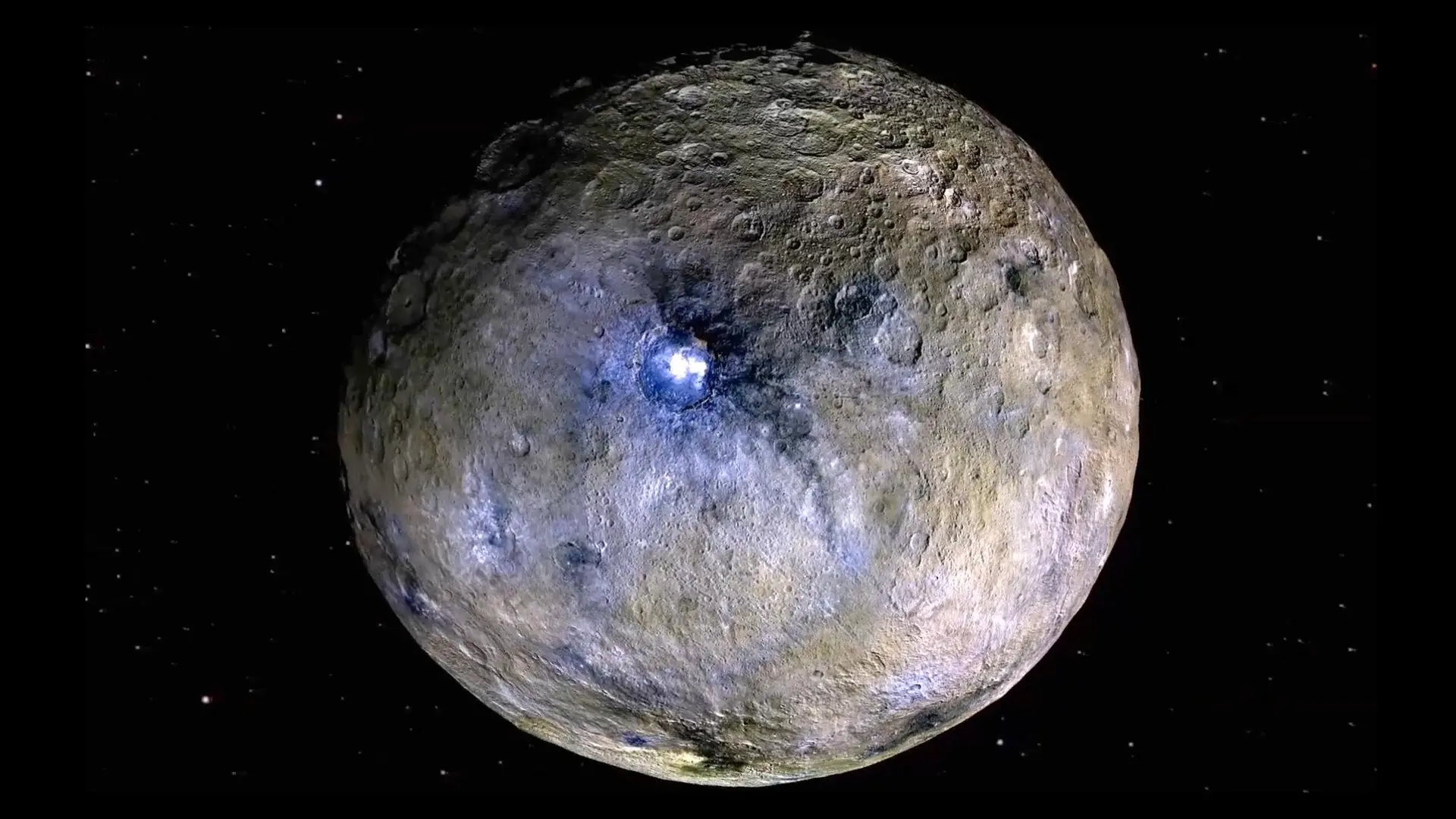
Astronomers Discover 2017 OF201: A Massive Dwarf Planet Beyond Pluto That Could Redefine Our Solar System

Scientists Use AI And Ancient Linen To Reveal What Jesus May Have Truly Looked Like

Astronomers Discover 2017 OF201: A Massive Dwarf Planet Beyond Pluto That Could Reshape Our Understanding Of The Solar System

Simulation Shows Earth’s Devastating Collapse If Oxygen Vanished for Just 5 Seconds
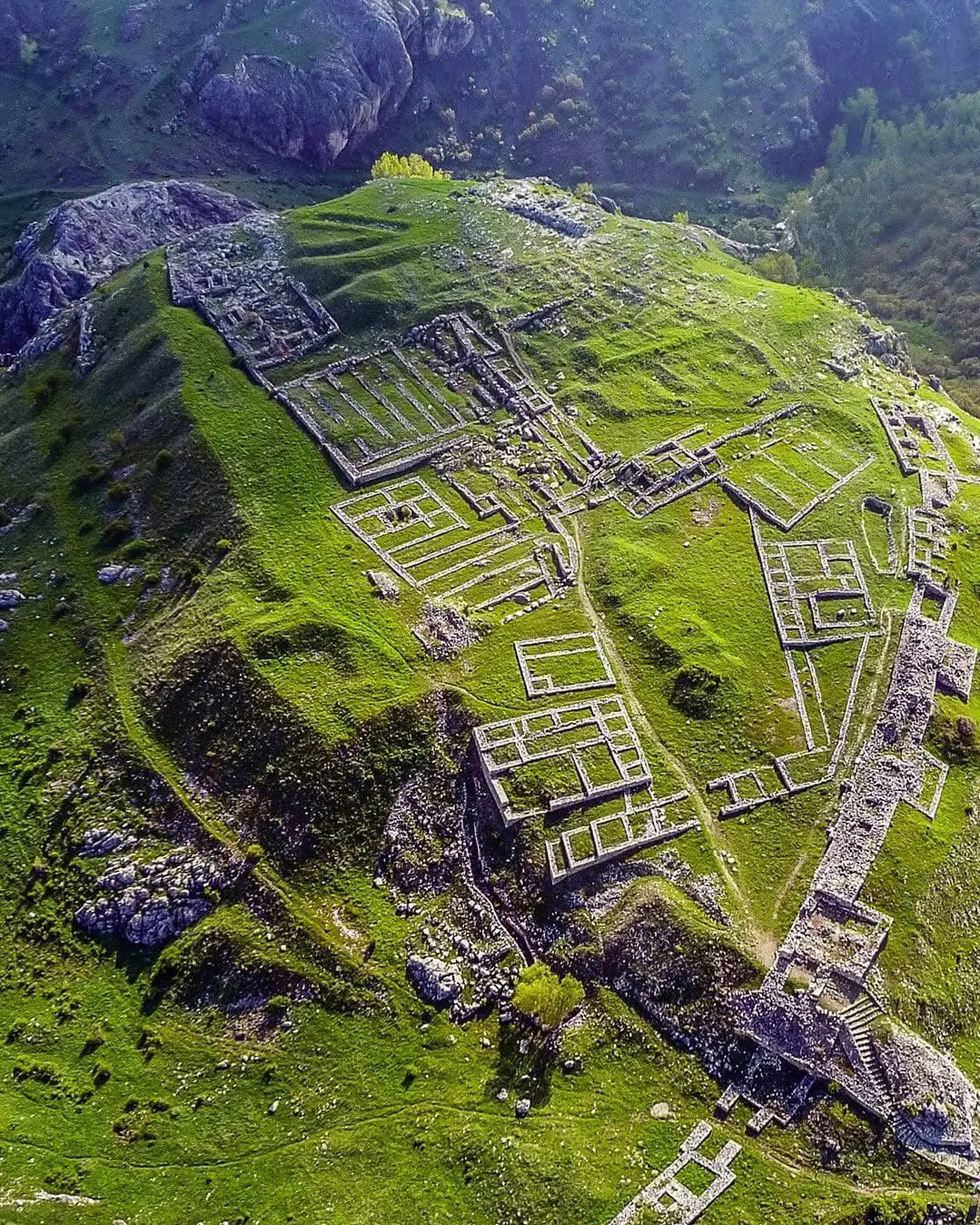
Discover Hattusa: The Ancient City 2,000 Years Older Than Machu Picchu

Man Spends Life Savings On Abandoned Ghost Town Once Worth $500 Million

Scientists Baffled By Perfect Sphere Emitting Radio Signals From Deep Space
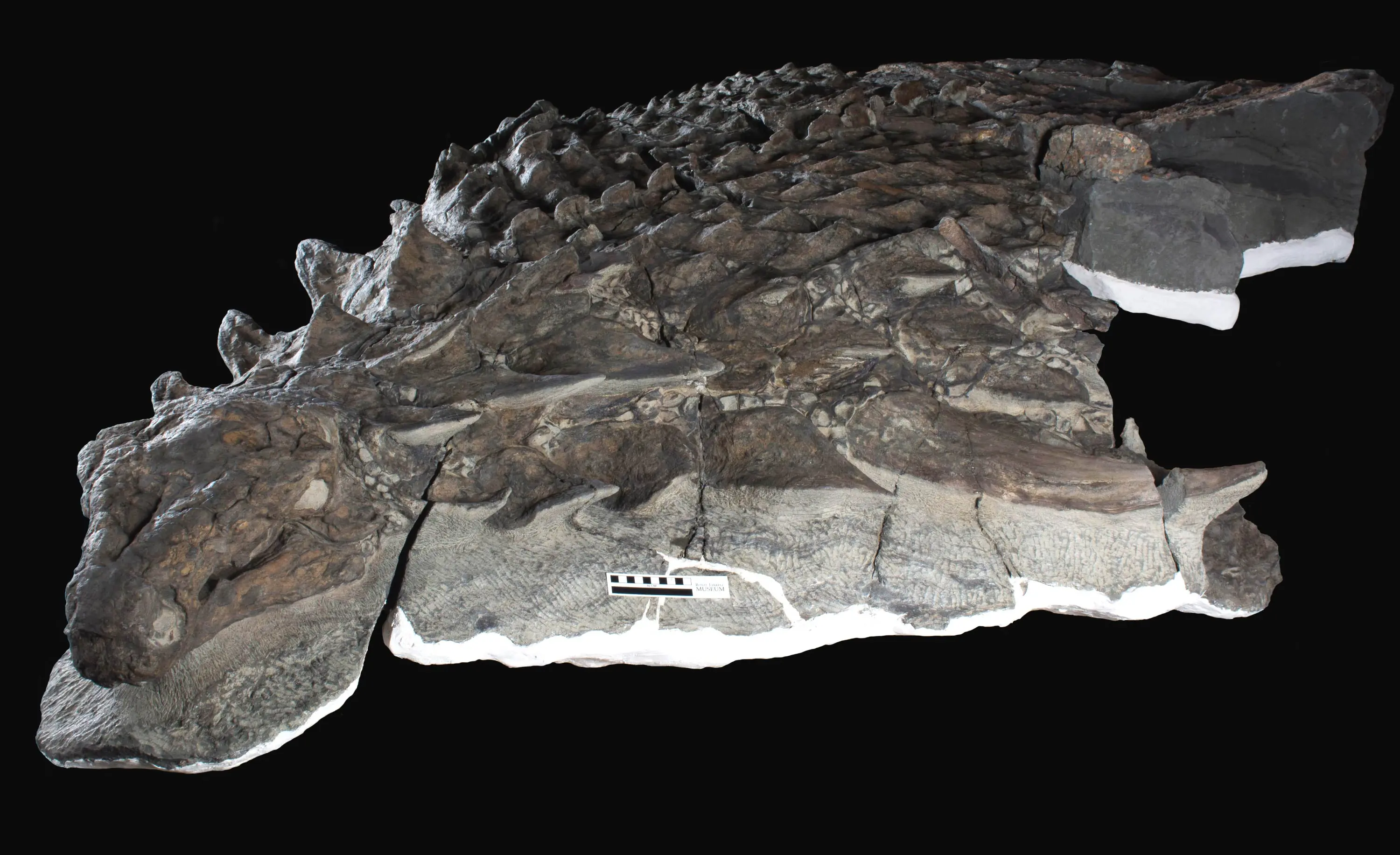
Meet Borealopelta markmitchelli: The Best-Preserved Dinosaur Fossil Ever Discovered

Is the Multiverse Real? Exploring Scientific Theories and Quantum Clues

Don’t Toss Those Eggshells: 17 Ways to Reuse Them

Why This $281m ‘Car’ Built By Boeing Only Goes 8MPH
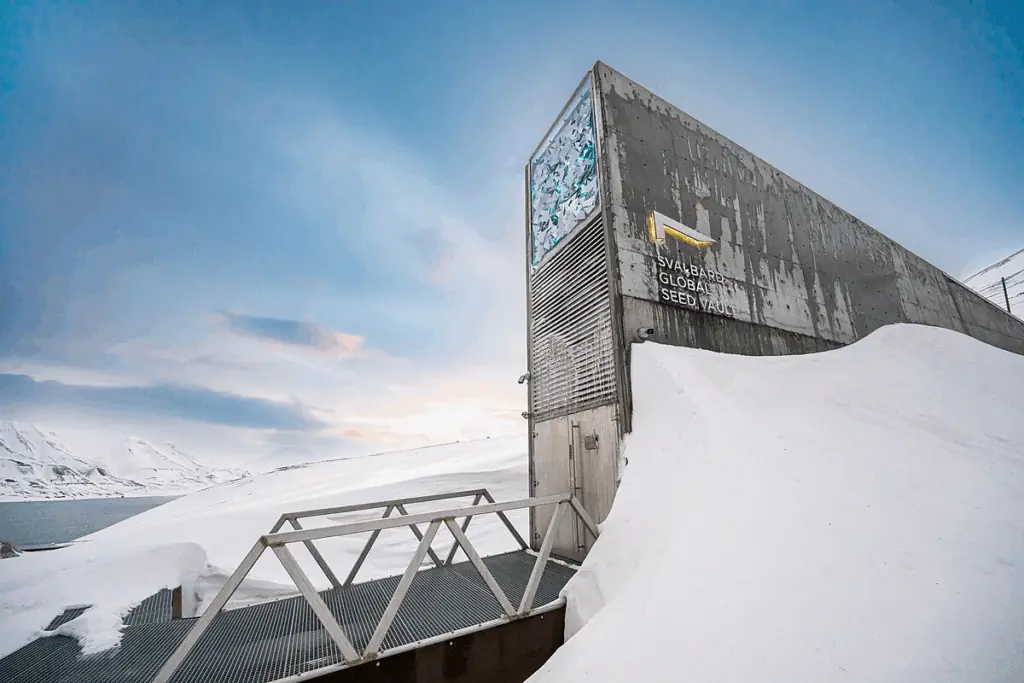
Inside The Global Seed Vault: Earth’s ‘Safest Place’ Only Opens Six Times A Year
News Post

17-Year-Old Girl Hospitalized with Kidney Failure: Doctors Warn Against 3 Common Habits Among Youth

Rashes All Over the Body Because of a Favorite Dish Many Are Addicted To

My Mother’s Silent Sacrifice: Saving Money by Cooking One Meal a Day

The terminally ill son of wealthy parents married a naive girl, and she took him off to a remote area. Six months later, his parents could hardly recognize their son

Senya was raised by his grandmother and mother. The boy was not spoiled at all – both his mother Tamara and grandmother Nina had such strong characters that even without a father and grandfather

The husband noticed how his wife quietly added something to his tea and carefully swapped the mugs

He saved the old woman from death and took her to the hospital, but at that moment he still did not know what would happen next…

What do you mean, you won’t give money?! Do you understand what the consequences will be?

Remove Facial Wrinkles Naturally at Home with Banana and Tomato

The Miracle Tree: 10 Science-Backed Benefits of Moringa and How to Use It

How to Remove Skin Tags on Your Face Naturally with Banana Peel and Other Safe Remedies

16 Powerful Benefits of Soursop Leaf Tea (Without Losing Its Nutritional Value) Doctors Never Say

No, dear mother-in-law, I bought this apartment before the marriage, so pack your things,” I made it clear that her behavior was unacceptable to me.

The wife had been silent for a year, hosting her husband’s relatives in their home, until one evening, she finally put the bold family members in their place.

My mother-in-law discovered two children in an abandoned well, brought them to me, and entrusted me with their upbringing. I raised them as my own.
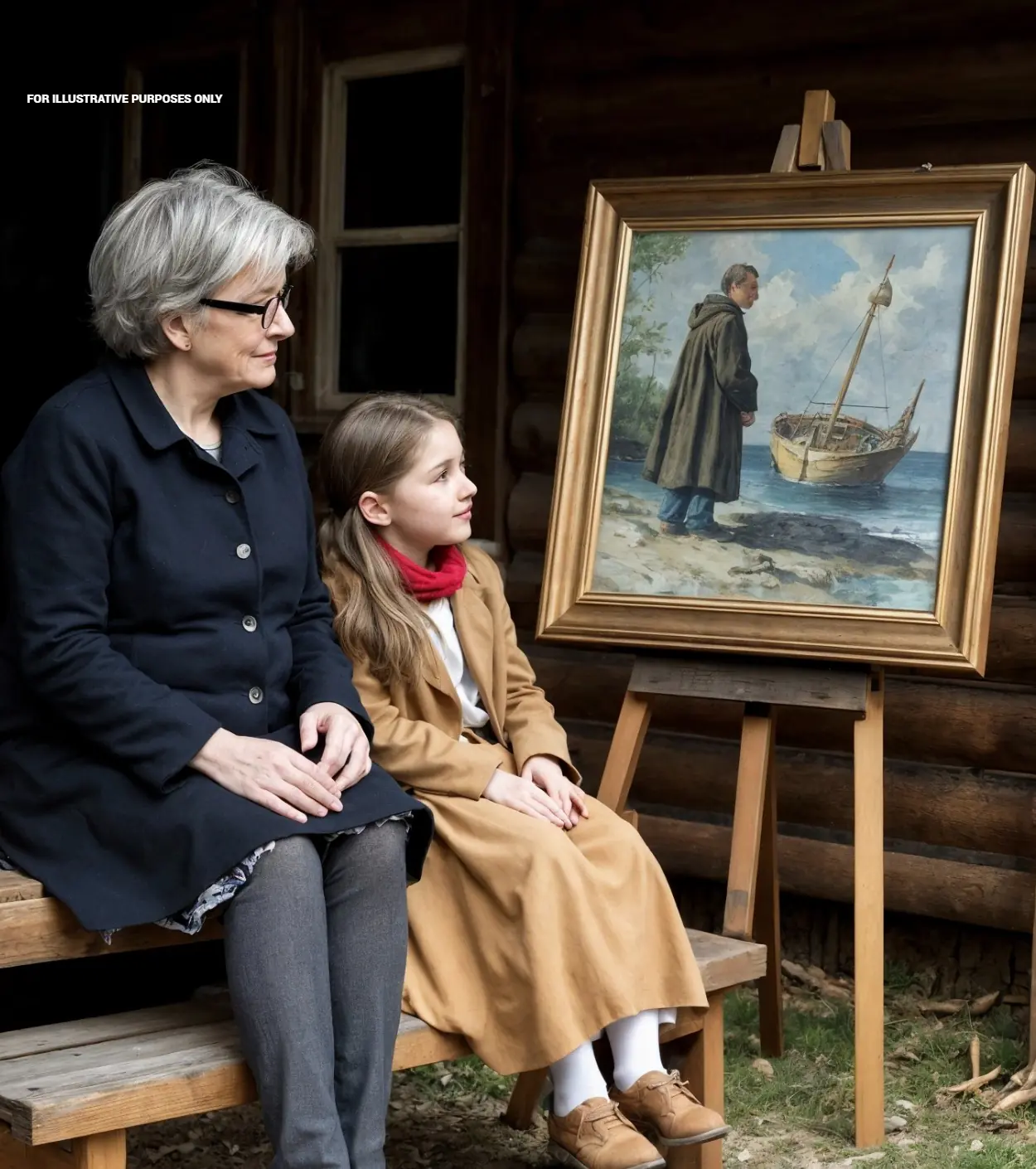
After the death of her mother-in-law, Valya arrived at the notary office where the reading of the will was to take place.

The hungry girl asked the baker for a slice of bread, but she didn’t eat it. The baker was surprised when he found out why.

A 40-Year-Old Man Died from a Sore Throat After 7 Rounds of Chemotherapy – Doctors Urgently Warn: Throw Away These 2 Items from Your Fridge

5 Signs of Kidney Failure That You Should Never Ignore – Bad Breath Even After Brushing Could Be One
